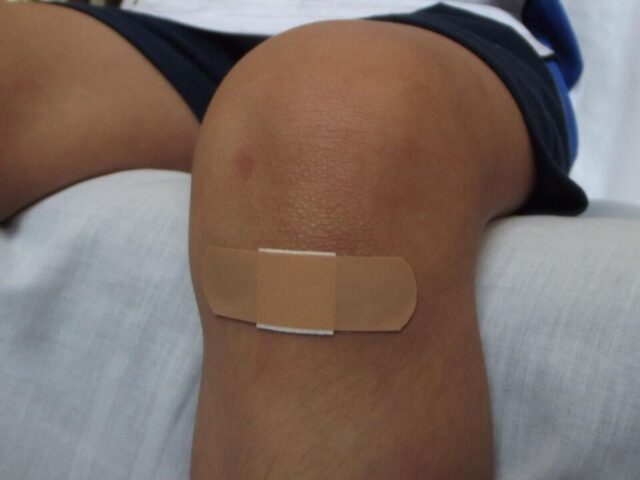According to a 2022 report by the World Federation of Hemophilia, there are 2,009 males with Haemophilia A and 395 with Haemophilia B in South Africa.
EVERY parent wishes for their child to be healthy and happy. But, sometimes, unexpected medical conditions can emerge, presenting challenges that require awareness and understanding.
Haemophilia, a rare blood disorder affecting clotting, is one such condition that can manifest early in life.
It’s essential to understand Haemophilia. Simply put, Haemophilia is a condition where the blood doesn’t clot properly. If most of us get a cut, our blood quickly clots to stop the bleeding.
For someone with Haemophilia, the clotting process doesn’t work as it should, leading to prolonged bleeding from even minor injuries.
Some of the common symptoms associated with Haemophilia among infants and toddlers include excessive bruising that lasts for weeks, mouth bleeds and bleeding into joints, soft tissues and muscles.
As the global community observed World Haemophilia Day on April 17, under the theme “Equitable access for all: recognising all bleeding disorders”, the Gauteng Department of Health wishes to educate the public about the inherited blood disorder, its symptoms and treatment options.
There are two main types of Haemophilia. In Haemophilia A, there is a lack or total absence of coagulation factor VIII. In Haemophilia B, there is a serious shortage or total absence of coagulation factor IX.
Haemophilia A affects one in 5,000 male newborns across the world.
According to a 2022 report by the World Federation of Haemophilia, 2009 males have Haemophilia A and 395 Haemophilia B in South Africa.
It’s a condition passed down through families, typically affecting men more than women.
Interestingly, about 30% of boys diagnosed with Haemophilia don’t have a known family history of the condition, but their mothers are likely to have a male relative on their side of the family who had it.
By increasing awareness, diagnoses will be improved and access to care more equitable and sustainable for developing countries where access to care is limited.
Who is affected?
Haemophilia affects all races and ethnic groups but occurs almost exclusively in males due to the hereditary nature of the condition.
Although haemophilia is hereditary and can be tested for, there are some symptoms to look out for:
- Unexplained and excessive bleeding from cuts or injuries, or after surgery or dental work.
- Many large or deep bruises.
- Unusual bleeding after vaccinations.
- Pain, swelling or tightness in joints.
- Blood in the urine or stool.
- Nosebleeds without a known cause.
- In infants, unexplained irritability can also be an indication
For someone with Haemophilia, a simple injury can result in prolonged bleeding because their blood lacks the necessary components to form a strong clot.
While minor cuts might not pose a significant risk, bleeding into joints or internal bleeding can be serious and require medical attention.








